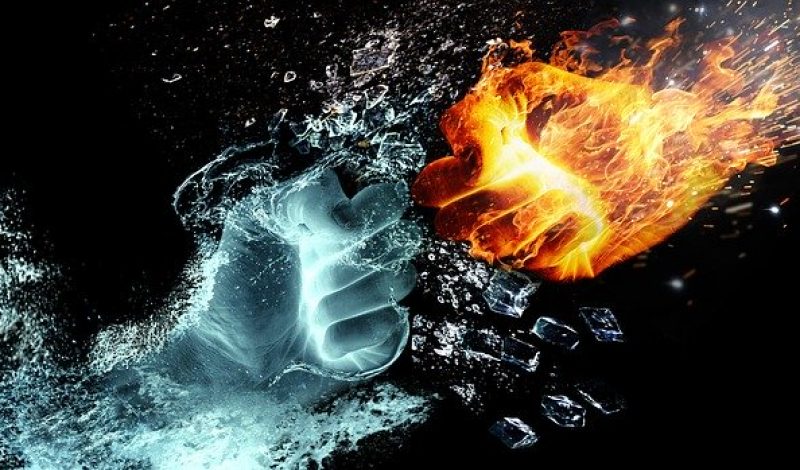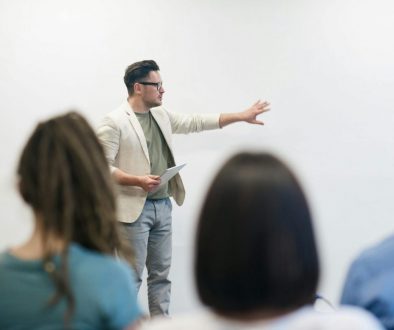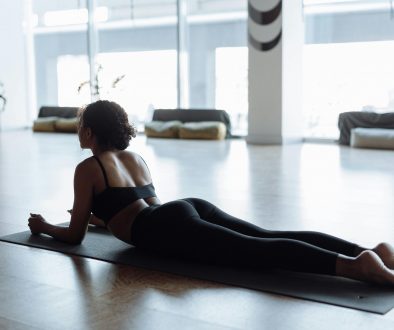Ash Dougan – Massage Therapist Cheltenham debates and discusses the theories behind the usage of heat and ice.
Despite the information in this article, it is always worth speaking to a health professional about what is more appropriate for your case and injury.
Previously, whenever a patient had suffered a soft tissue injury, the most common treatment prescribed had been RICE: Rest, Ice, Compression and Elevation, usually partnered with a couple of anti-inflammatory drugs. But why do we ice? We use ice to relieve pain and to reduce swelling.
Reduce swelling – Why are we trying to reduce the amount of fluids that the body sends to the injury sight to help with recovery? I recently watched a video with Dr. Kelly Starrett where he interviews Gary Reinl, author of the book Iced, where they discuss how using ice on an injury can actually be detrimental to the recovery process. One of the points raised is that by using ice you are slowing the body’s natural recovery process, so is the body’s natural healing response to injury a mistake’? In his book, Reinl discusses other recovery techniques that you can use to aid the body’s recovery process. His book even has a forward from Dr. Gabe Mirkin, the American Sports doctor who coined the acronym RICE, where he agrees with the research that ice may in possibly “delay recovery”. Ice is not the devil. It does provide pain relief, and if only used for a short period of time it is unlikely to cause lasting effects to the surrounding tissues, so as Dr. Starrett says you can still use ice.
Let us now look at what ice actually does do: When you apply ice to an injury site, the decreased temperature causes blood vessels in the surrounding tissues to decrease in size. This is known as vasoconstriction, and dramatically reduces the blood flow. Have you ever been out in the cold and your fingers or toes go numb because they are so cold? This is due to vasoconstriction, and not enough blood getting to the extremities (your fingers and toes). Focusing back on the injured tissue, the blood brings the healing cells required to repair the damaged tissue, so when vasoconstriction occurs these cells cannot get to, and therefore help repair, the injury. These blood vessels can remain constricted for many hours after the ice has been applied and can in severe cases cause lasting nerve damage.
So, what can we do with our injuries? Seeking the advice of a healthcare professional is the gold standard, but sometimes you need to sort yourself out. Not everything you see in RICE is bad, and you will see elements of it in the new acronym, PEACE and LOVE: “Immediately after a soft tissue injury, do no harm and let PEACE guide your approach”
Protect – Straight after an injury, it is always a good idea to rest the aggravated tissue for 1 to 3 days. It is a good idea to gauge the return to loading of these tissues by the amount of pain.
Elevate – Elevate the injury above the heart to promote the removal of the fluid that surrounds the cells. Although this lacks strong evidence to support this, as there is a very low risk-benefit ratio it is still recommended to elevate an injury
Avoid Anti-Inflammatories – Anything that reduces inflammation also delays healing, so taking an anti-inflammatory could be detrimental for long term tissue healing if you are following the inflammatory theory.
Compress – Compression, through methods of taping or bandaging, can limit the amount of swelling in the tissues through constant pressure, which can reduce pain and improve quality of life. But as with ice, this could slow the recovery process. A treatment of repeated compression for 30 seconds, with recovery time between, has been shown to help speed up recovery time significantly. Application of K-Tape can provide light compression, stability to a joint and aid recovery of tissues (more of that in a later article).
Educate – Either as a therapist or someone providing self-help, you should educate the patient on the benefits
of these treatments. This has been proven to create a result similar to a placebo in many manual therapies. Didn’t your mother always tell you to be positive? “After the first days have passed, soft tissues need LOVE” Load – Once pain has reduced, it is a good idea to get the tissues moving again. Outing the tissues under light mechanical stress in order to promote repair, remodelling and rebuilding tissue tolerance and capacity of any muscles, tendons or ligaments that may have been damaged.
Optimism – Similar to educate in the first half, this is all about being positive to aid the recovery. The brain plays a key role in rehabilitation. If a patient is depressed, worried or even fearful of the rehabilitation process, it is more likely that the recovery will be delayed. While staying realistic, practitioners should encourage patients to be optimistic, as pessimistic patient expectations are associated with a slower recovery time.
Vascularisation – As early as possible whilst monitoring pain levels, physical activity should be reintroduced. This increases blood flow to the injury site, improving recovery, function and reducing the need for pain medication. Pain free cardiovascular activity should be started a few days after the injury to improve blood flow to the area and increase positivity and motivation.
Exercise – As typical in rehabilitation of injuries, there are many exercises that can be prescribed post injury to help with the recovery process. By doing specific strength, mobility and proprioception exercises, patients can not only help to recover their injury, but hope to prevent further injuries as a result. As stated earlier, it is always good practice to get the advice of a medical professional. Throughout the recovery process, pain should be avoided to reduce the risk of further aggravating the injury site. Like many things in this world, information is always evolving. Please follow the links below for further information on the subject and sources of information used in this blog.
As a sports massage therapist in Cheltenham, it is important to understand each case on an individual basis. If you would like to book in for a sports massage in Cheltenham please call 01242 254000. You can also find Ash’s Instagram page to find out more about his massage therapy services in Cheltenham.
https://www.instagram.com/coaperform/
Sources
https://members.thereadystate.com/blogs/trigger-warning-youve-got-to-stop-icing/
https://www.drmirkin.com/fitness/why-ice-delays-recovery.html
https://blogs.bmj.com/bjsm/2019/04/26/soft-tissue-injuries-simply-need-peace-love/
https://pubmed.ncbi.nlm.nih.gov/25649317/
https://www.ncbi.nlm.nih.gov/pmc/articles/PMC3396304/
https://www.ncbi.nlm.nih.gov/pmc/articles/PMC5350472/
https://www.ncbi.nlm.nih.gov/pmc/articles/PMC2938508/
https://www.ncbi.nlm.nih.gov/pmc/articles/PMC4225921/
https://www.ncbi.nlm.nih.gov/pmc/articles/PMC4225921/



